Introduction
The digital fabrication introductory course focuses on utilizing production techniques through the relation between computer data and machine-oriented fabrication. Each project below displays how geometry and machines can be used as a means to develop performance-based designs with efficient fabrication models. The projects were fabricated through the use of a laser cutting machine, a 3D printer and a CNC milling machine, and were developed by aggregating modular geometry. Through this course the team learned the safety protocols for using each machine, how to prepare files by utilizing each respective software, how to set up each machine for fabrication and worked together to assemble each form.
INTERLOCK | Laser Cutting
When fabricating recursive forms with the laser cutter, the team used a sphere as the base geometry and explored radial slicing technique with Slicer for Fusion 360 software. To achieve the recursion, the aggregation strategy of looping one section of an axis from the first sphere through another section of an axis from the second sphere was explored. The biggest challenges with this form were finding the optimal tolerance between the joints and discovering the most effective method of aggregation.
Parameters
Machine: Rayjet 500
Joint type: Interlocking
Technique: Radial slices
Material: 3mm Acrylic
Speed: 60
Power: 150
Details of the geometry:
SPHERE 1
Radius: 26cm
X: 18 slices
Y: 6 slices
Notches: 3mm
SPHERE 2
Radius: 18cm
X: 9 slices
Y: 6 slices
Notches: 3mm
Digital Exploration of Recursive Growth
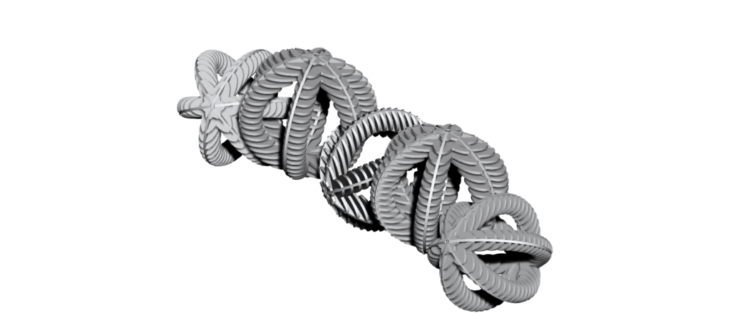
Fabricated Module
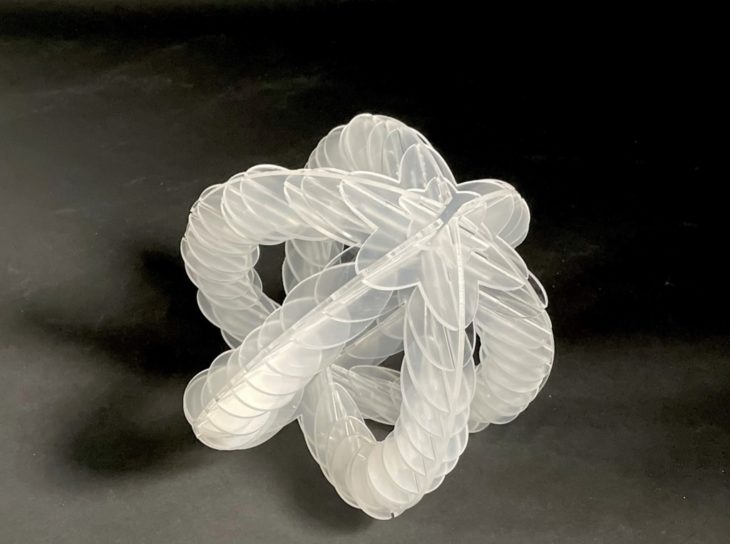
MOLECULAR NETWORK | 3D Printing
When fabricating recursive forms with the 3D printer, the team created a recursive geometry based on the idea of a molecular network, where the spheres were design as connectors to attach wire rods together in order to achieve a final assembled geometry. The spheres were modeled as junction points with minimal tolerance holes that hold the 2mm wire in position. The biggest challenge with this project was aligning the nodes on the 3D printed raft and supports in such a way that the holes were not compromised.
Parameters
Material type: Z-ABS
Machine specifications: M200
Layer thickness: 0.19
Support type, angles and specifications: 20 degrees
Support required: none
Infill type, percentage, & pattern: 0% infill
Seam: Normal
Total number of nodes: 12
Total print time: 2h20m
Total material quantity: 7.17m (17g)
Digital Exploration of Recursive Growth
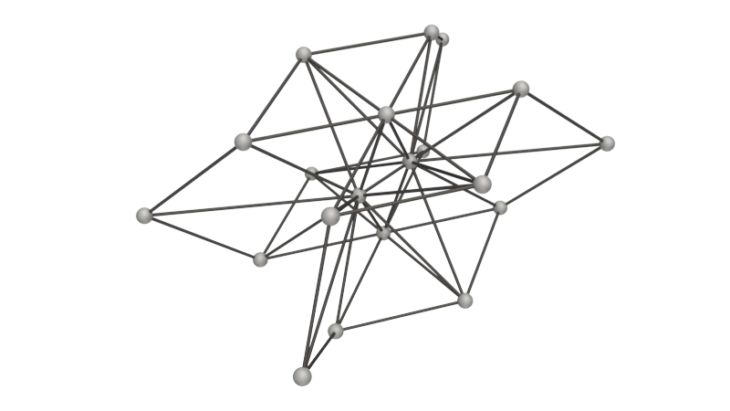
Fabricated Module
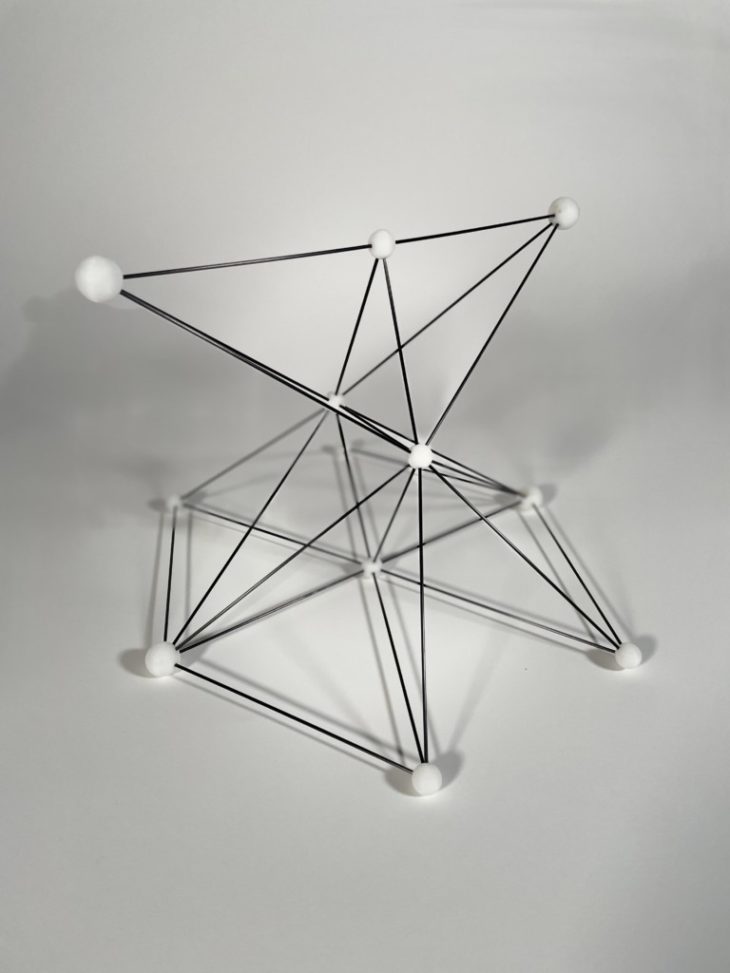
OPTIMUS-D | CNC Milling
When fabricating recursive forms with the CNC Milling Machine, the idea was to create a geometry that can aggregate in every direction. This concept led to the creation of two different modules, one of them acting as the connector module that allows the multi-axial aggregation. In order to fabricate the shapes modeled in the digital space, the shapes needed to be divided into smaller pieces to fit them on the workpiece and in the machine. As for the operations, the module was created by first using engraving to mark the centers of the screws that would hold the workpiece down while it’s being cut. Then the module was formed by Horizontal Roughing and Parallel Finishing to create the surfaces, and lastly Profiling to cut the pieces out of the workpiece.
Parameters
Material: MDF
Machine: SHOPBOT
Post Processor: shopbot_mtc
Workpiece volume: 150x150x30
Total time : 1 hr
Engraving
Flat Mill
Flute: 1
Diameter: 10mm
Spindle Speed: 12000 rpm
Cut Direction: Upcut
Total Cut Depth: 2mm
Rough Depth/Cut: 2mm
Total mill time: 27s
Horizontal Roughing
Flat Mill
Flute: 1
Diameter: 10mm
Spindle Speed: 12000 rpm
Cut Direction: Mixed
Stepdown Control (dZ): 50%
Stepover Distance: 25%
Stock: 0.6mm
Total mill time: 22m 13s
Parallel Finishing
Ball Mill
Flute: 2
Diameter: 6mm
Spindle Speed: 12000 rpm
Cut Direction: Mixed
Stepover Control: 25%
Total mill time: 17m 10s
Profiling
Flat Mill
Flute: 2
Diameter: 6mm
Spindle Speed: 12000 rpm
Cut Direction: Mixed
Cut side: Right
Total Cut Depth: 40.1mm
Rough Depth/Cut: 40.1mm
Bridges: 4x rectangular
Total mill time: 19m 11s
Digital Exploration of Recursive Growth
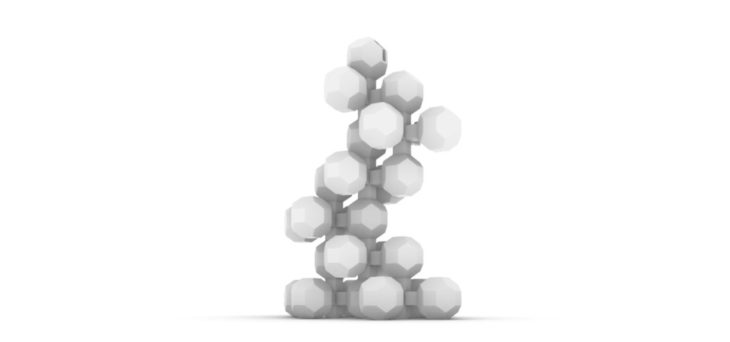
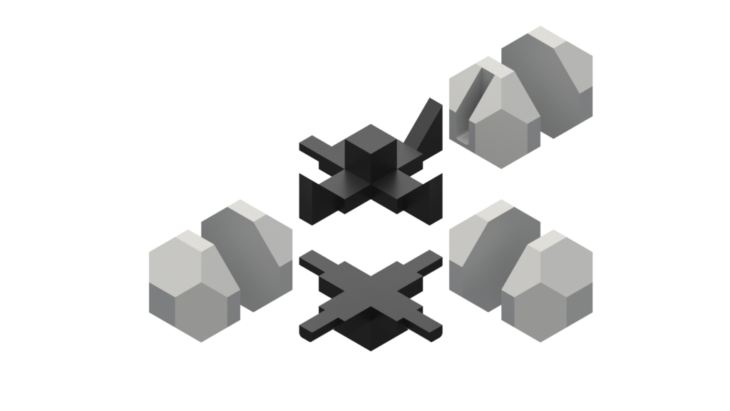
Fabricated Module
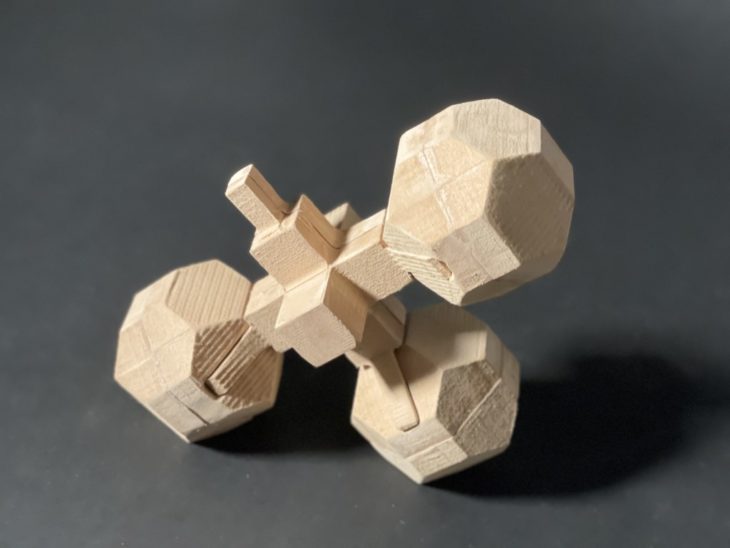
Introduction to Digital Fabrication | Aggregated Forms is a project of IAAC, Institute for Advanced Architecture of Catalonia developed at Master in Advanced Architecture in 2021 by:
Students: Oscar Cortés Landa, Yerwant Megurditchian, Morgan O’Reilly, and Aishwarya Shama Sunder Rajendra Prasad
Faculty: Ricardo Mayor Luque, Lana Awad, Shyam Zonca
